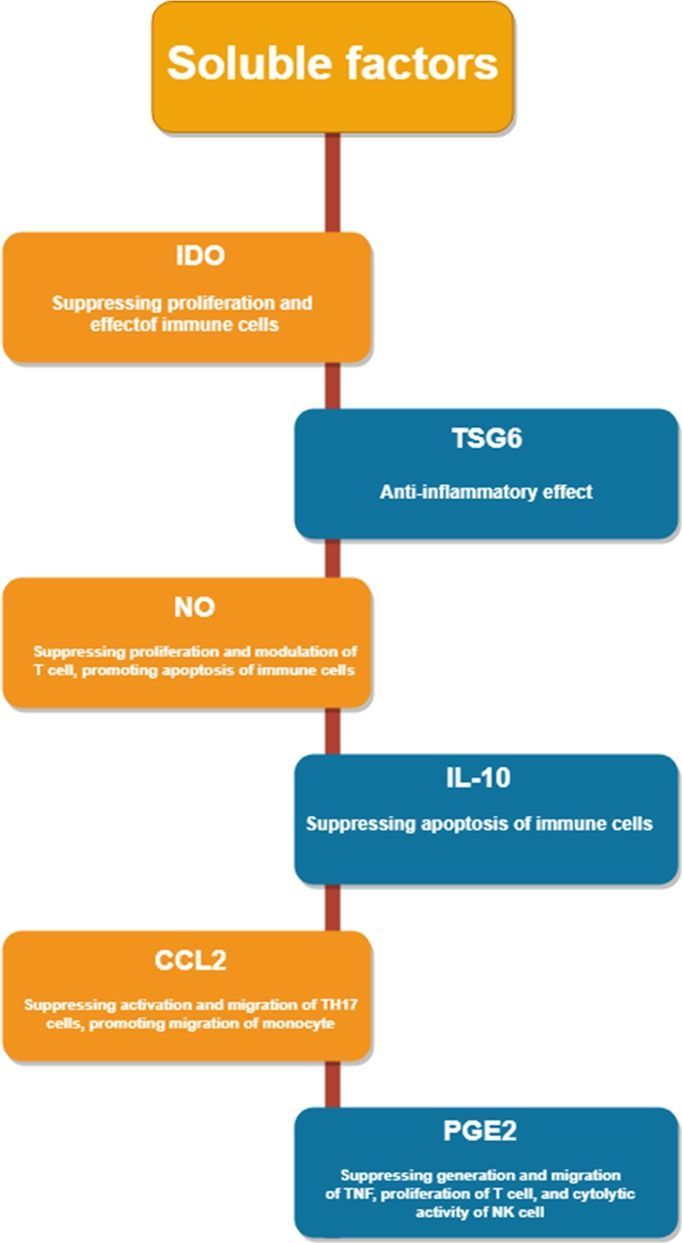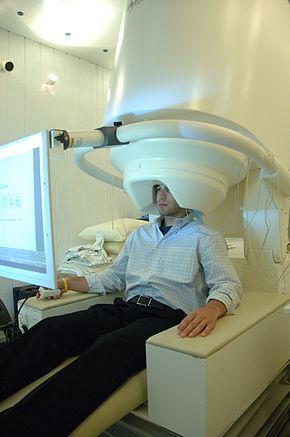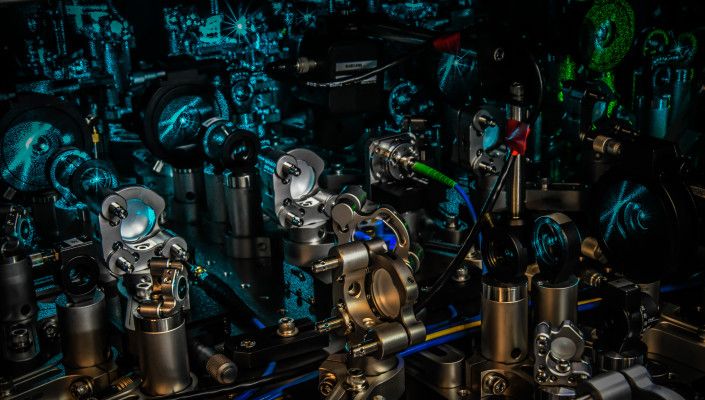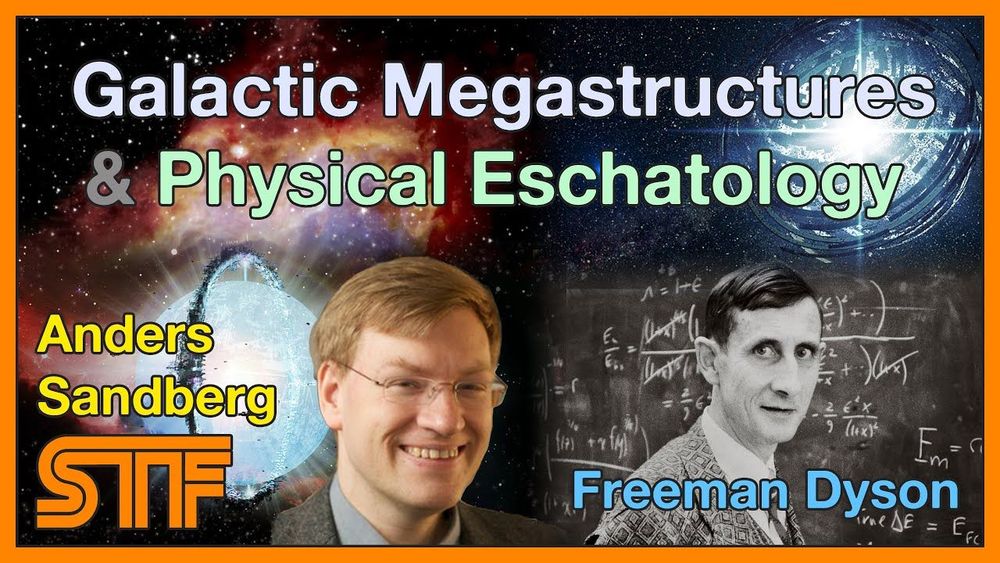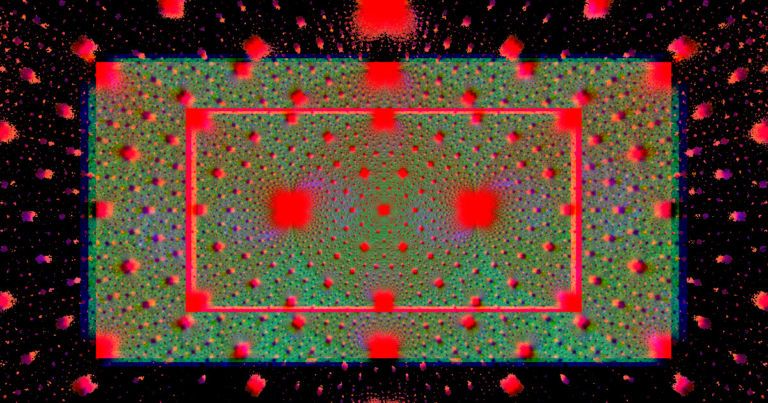Mar 7, 2020
Skin tissue engineering: wound healing based on stem-cell-based therapeutic strategies
Posted by Quinn Sena in categories: bioengineering, biotech/medical, computing
Essentially the microchip that heals article turns the normal process of healing into an accelerated way but eventually crispr could be used to make super fast healing and regeneration.
Normal wound healing is a dynamic and complex multiple phase process involving coordinated interactions between growth factors, cytokines, chemokines, and various cells. Any failure in these phases may lead wounds to become chronic and have abnormal scar formation. Chronic wounds affect patients’ quality of life, since they require repetitive treatments and incur considerable medical costs. Thus, much effort has been focused on developing novel therapeutic approaches for wound treatment. Stem-cell-based therapeutic strategies have been proposed to treat these wounds. They have shown considerable potential for improving the rate and quality of wound healing and regenerating the skin. However, there are many challenges for using stem cells in skin regeneration. In this review, we present some sets of the data published on using embryonic stem cells, induced pluripotent stem cells, and adult stem cells in healing wounds. Additionally, we will discuss the different angles whereby these cells can contribute to their unique features and show the current drawbacks.
